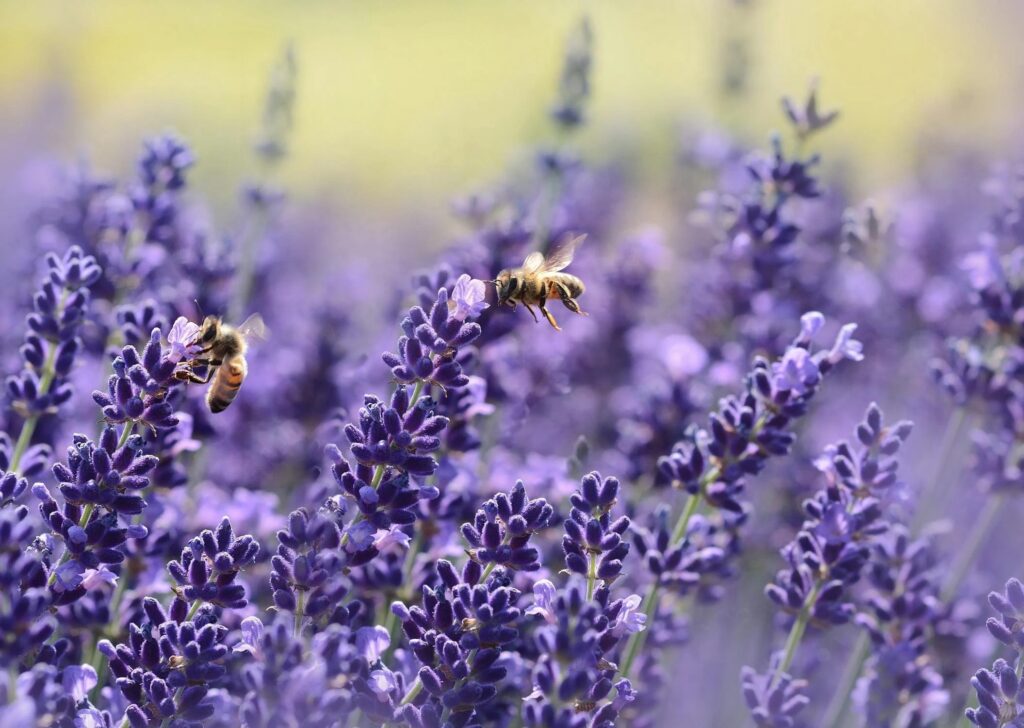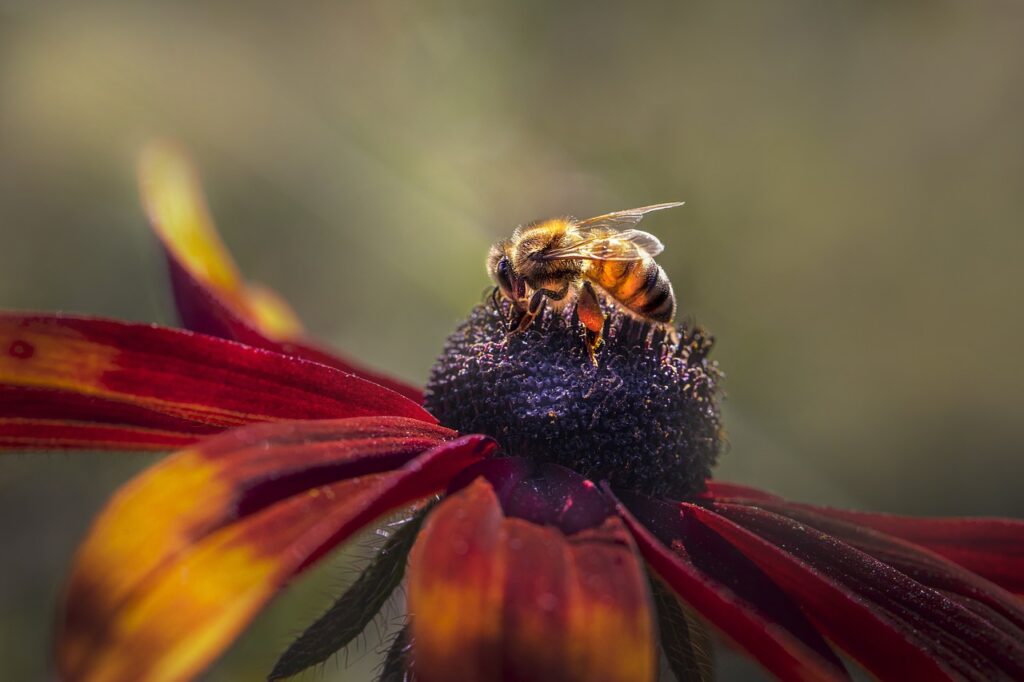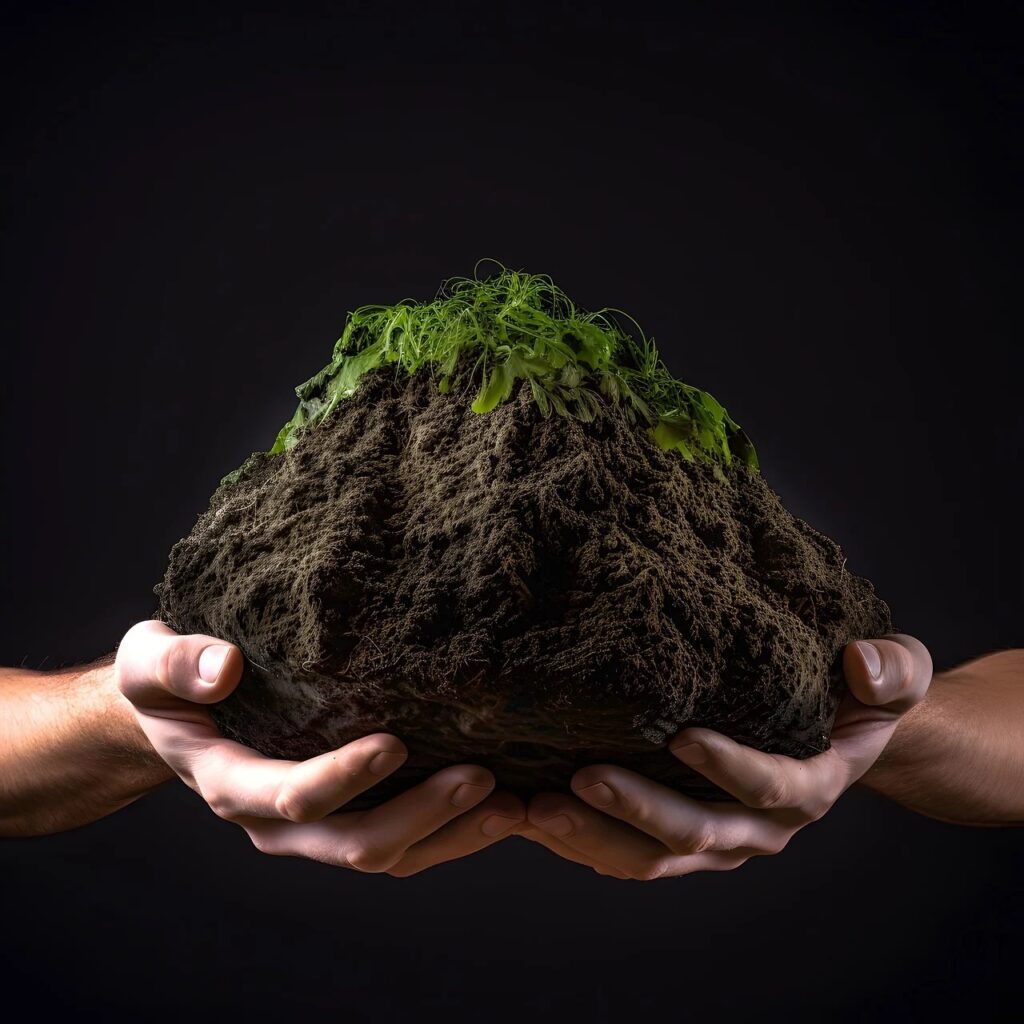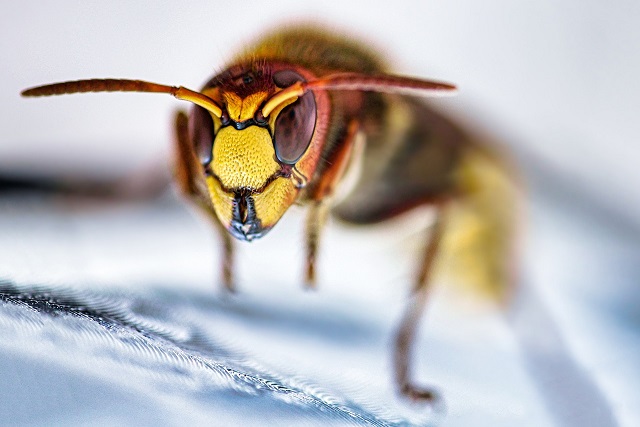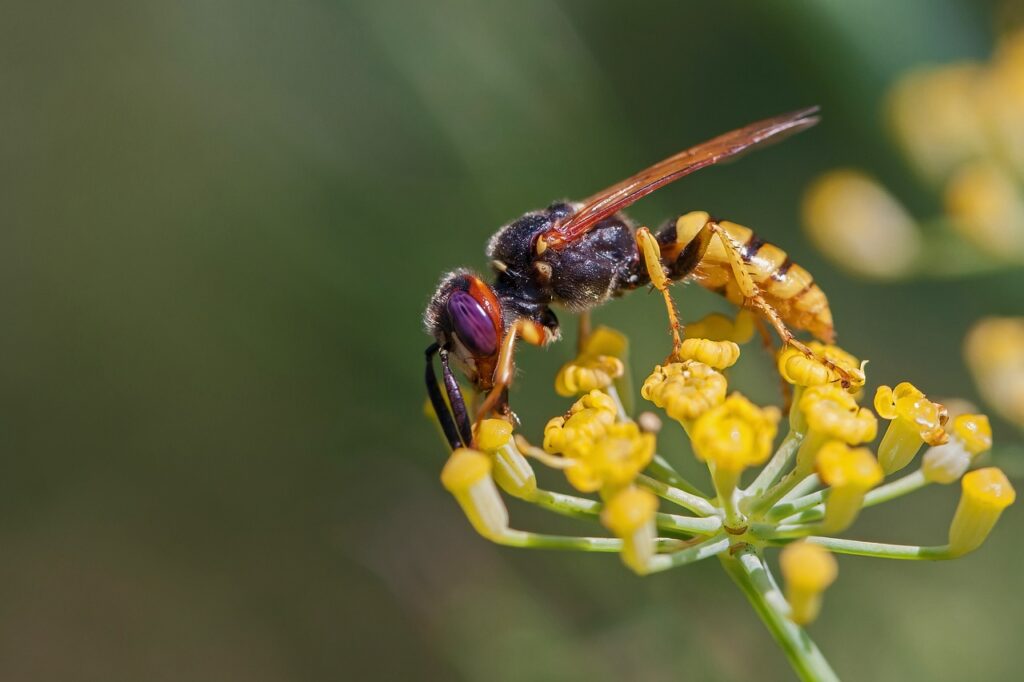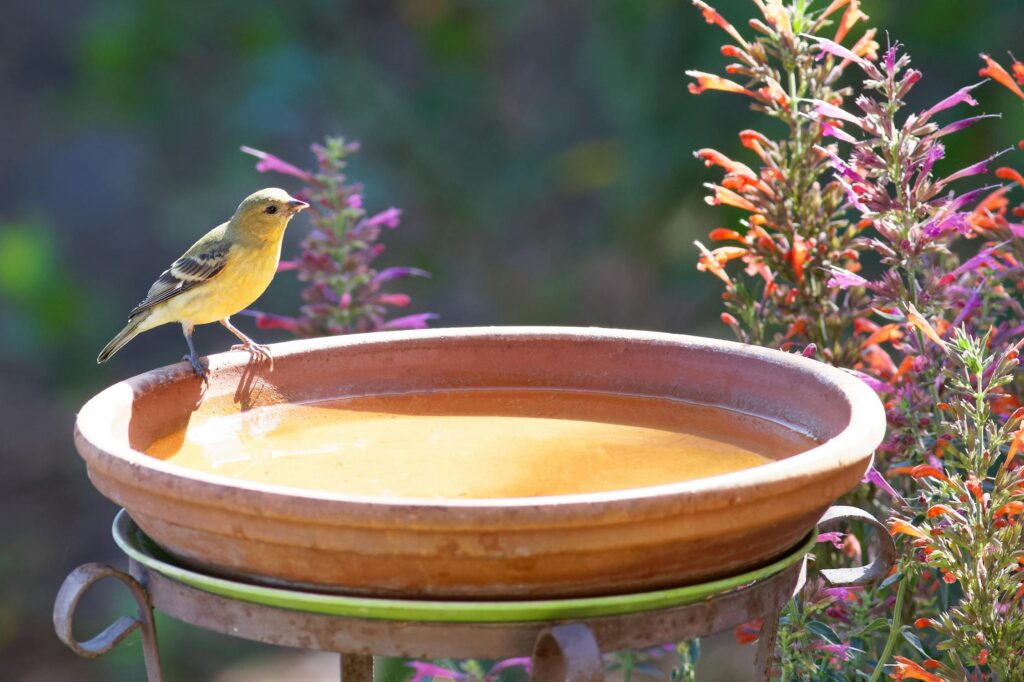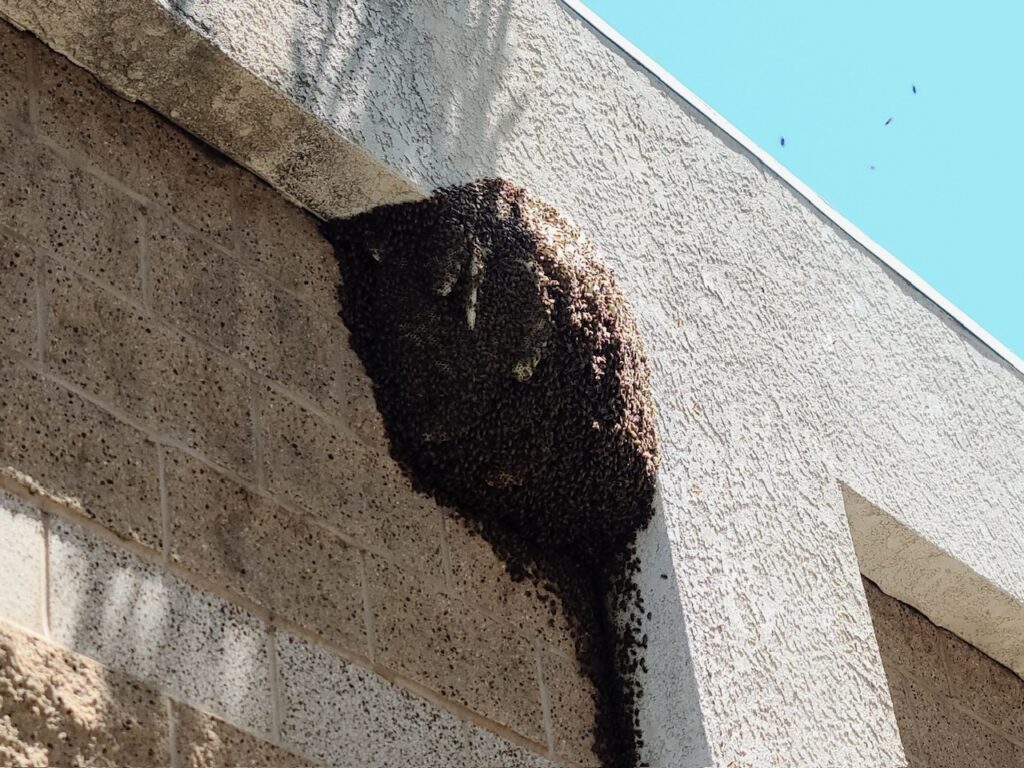Bee News
Yellow Jackets



Yellow jackets are a type of social wasp that are known for their distinctive yellow and black markings. Here are some key characteristics and facts about yellow jackets:
Physical Description
– Appearance: Yellow jackets are typically black and yellow in color, with bright yellow bands on the abdomen and a smooth, slender body.
– Size: They are around 10-16 mm (0.4-0.6 inches) in length, with queens being slightly larger than worker yellow jackets.
– Stinger: Yellow jackets are equipped with a smooth stinger that can be used repeatedly, unlike bees’ barbed stingers.
Behavior and Nesting
– Social Structure: Yellow jackets are social insects that live in colonies with a queen, workers, and drones. They are highly organized and work together for the success of the colony.
– Nesting: Yellow jackets build paper-like nests made of chewed wood fibers mixed with saliva. Their nests can be found in various locations, such as underground burrows, in wall cavities, or hanging from structures.
– Aggressive Behavior: Yellow jackets are known for their aggressive nature when they feel threatened. They can sting multiple times in defense of their nest or when disturbed.
Diet and Foraging
– Predators and Prey: Yellow jackets are predators and scavengers, feeding on other insects, carrion, and sugary substances.
– Foraging: They play a crucial role in controlling pest populations by hunting insects and scavenging for food to feed the colony.
Life Cycle
– Development: The life cycle of yellow jackets includes egg, larva, pupa, and adult stages. The queen starts a new colony in the spring and lays eggs that develop into workers to forage and care for the colony.
– Reproduction: Towards the end of the season, the colony produces new queens and males that mate, leading to the dispersal of new queens to start their own colonies.
Interaction with People
– Nuisance: Yellow jackets can become a nuisance when their nests are located near human-inhabited areas, leading to potential stinging incidents.
– Control: It is essential to take precautions around yellow jacket nests and to seek professional assistance for safe and effective removal if the nest poses a threat.
Environmental Importance
– Pollination: While not as effective as bees, yellow jackets are capable of pollinating some flowering plants while foraging for nectar.
– Pest Control: Yellow jackets contribute to ecosystem balance by preying on pest insects, helping to control populations of harmful pests.
If encountering yellow jackets near a nest or in close proximity to human activity, it is recommended to seek advice from professionals for proper management and removal to mitigate potential risks.








